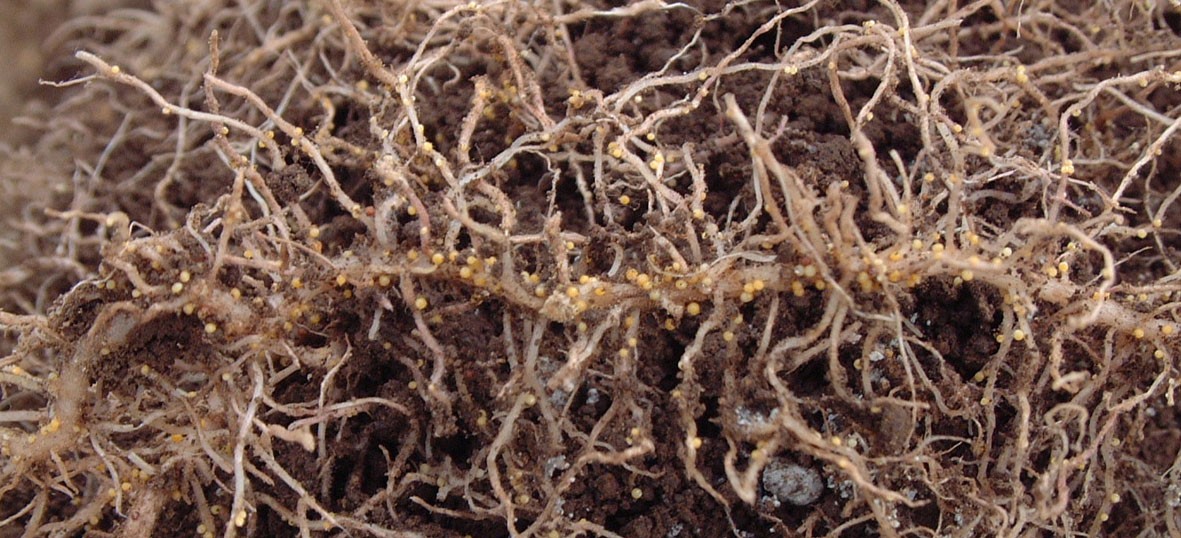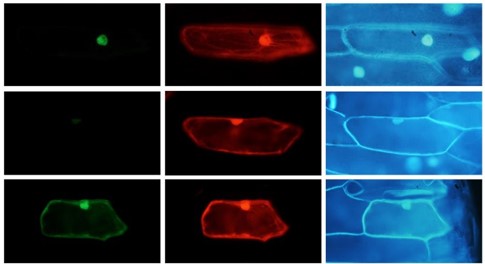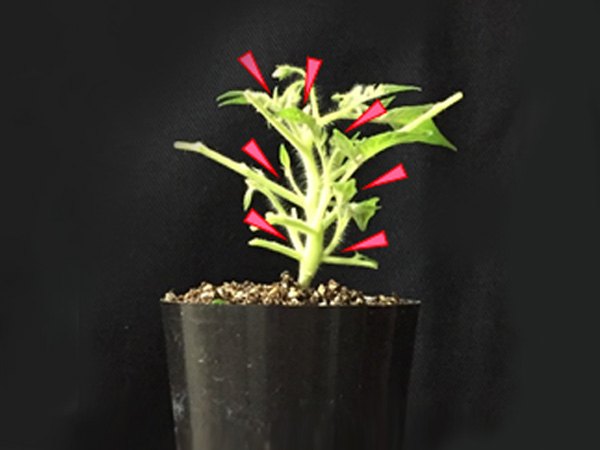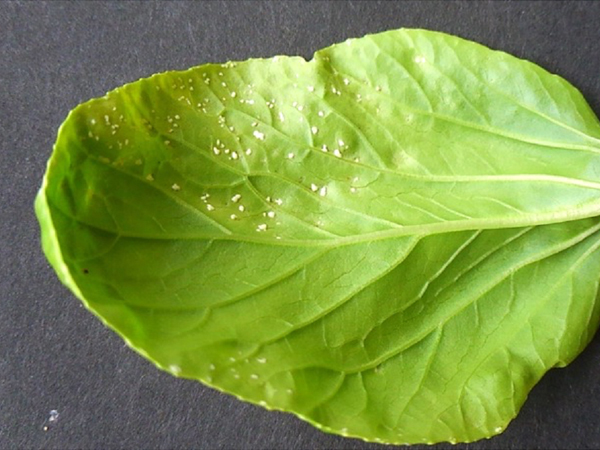A Japanese research group has identified the enzymes that change the grassy odor of plants into a sweeter “green” fragrance. This discovery can potentially be used to grow sweet tomatoes with less of a grassy odor. These findings were published on April 29 in The Journal of Biological Chemistry.
This research was carried out by a team from the Kobe University Graduate School of Agricultural Science: KUNISHIMA Mikiko (PhD student), Assistant Professor YAMAUCHI Yasuo, Associate Professor MIZUTANI Masaharu, Professor SUGIMOTO Yukihiro, Associate Professor KUSE Masaki, and Professor TAKIKAWA Hirosato.
The aroma emitted from green leaves, sometimes referred to among plant scientists as a sweet, “green fragrance”, has been the subject of research for many years. After one of the compounds behind this aroma (2-hexenal, known as the leaf aldehyde) was discovered in 1912, research continued to progress, and a large part of the mechanism responsible for this “green fragrance” has been clarified. However, the enzymes behind an important step in the process – the production of 2-hexenal from 3-hexenal – remained unidentified.
While 3-hexenal is classified as an unpleasant smell, 2-hexenal is a sweet aroma, so the balance between these two compounds affects the quality of food products. For example, there is a demand for the sweet tomatoes that can be produced by reducing 3-hexenal and increasing 2-hexenal. Until now the enzymes for this process were unidentified, making artificial production extremely difficult.
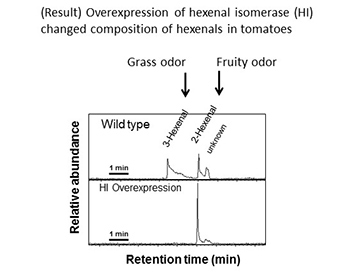
After referring to past research, the group decided to use peppers as their raw material. They extracted 12 micrograms of purified enzymes (hexenal isomerases) from shop-bought peppers, and identified the genes of these enzymes. The successful genetic identification led to the discovery that the same enzymes also exist in many other plant families, including solanaceae (nightshades), fabaceae (legumes), poaceae (grasses), and woody plant species. It demonstrated that many plant species possess the ability to convert 3-hexenal into 2-hexenal.
Further experiments revealed that although tomatoes possess the genes that can create 2-hexenal, these genes are not usually expressed. The researchers then manifested the hexenal isomerases extracted from peppers within tomatoes. The presence of these isomerases caused a reduction in 3-hexenal and an increase in 2-hexenal within the tomatoes.
These findings have made it possible to artificially stimulate hexenal isomerases within plants, and use this to control the ratio of hexenals within plants. In addition to decreasing the undesirable “green odor” in processed food and drink such as vegetable juices, by using the hexenal isomerase gene as a marker to select varieties where this enzyme is more active, we can potentially identify and selectively breed species which have a reduced “green odor”.
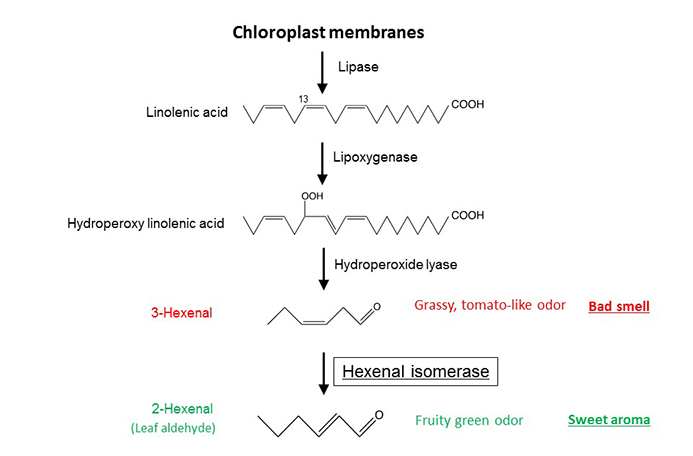
Other enzymes have already been identified.
Journal information
- Title
- “Identification of (Z)-3:(E)-2-hexenal isomerases essential to the production of the leaf aldehyde in plants”
- Authros
- Mikiko Kunishima, Yasuo Yamauchi, Masaharu Mizutani, Masaki Kuse, Hirosato Takikawa, Yukihiro Sugimoto
- Journal
- The Journal of Biological Chemistry







